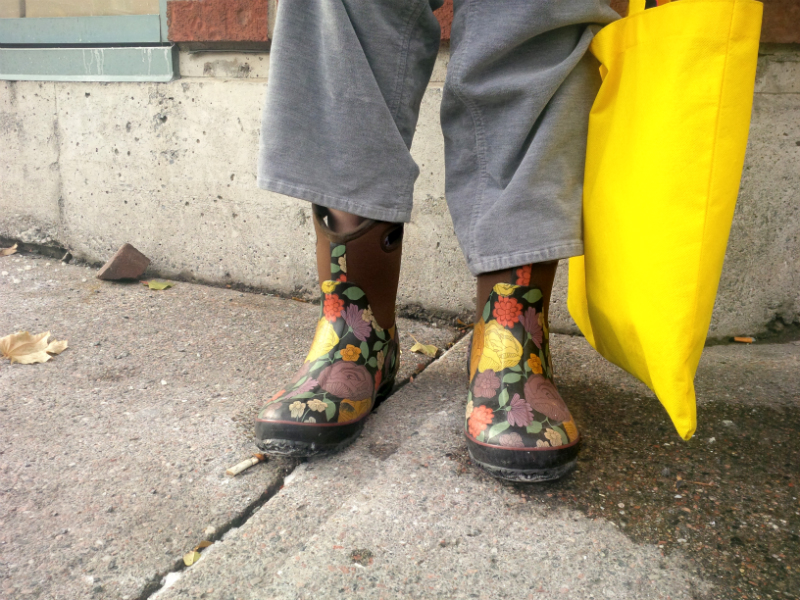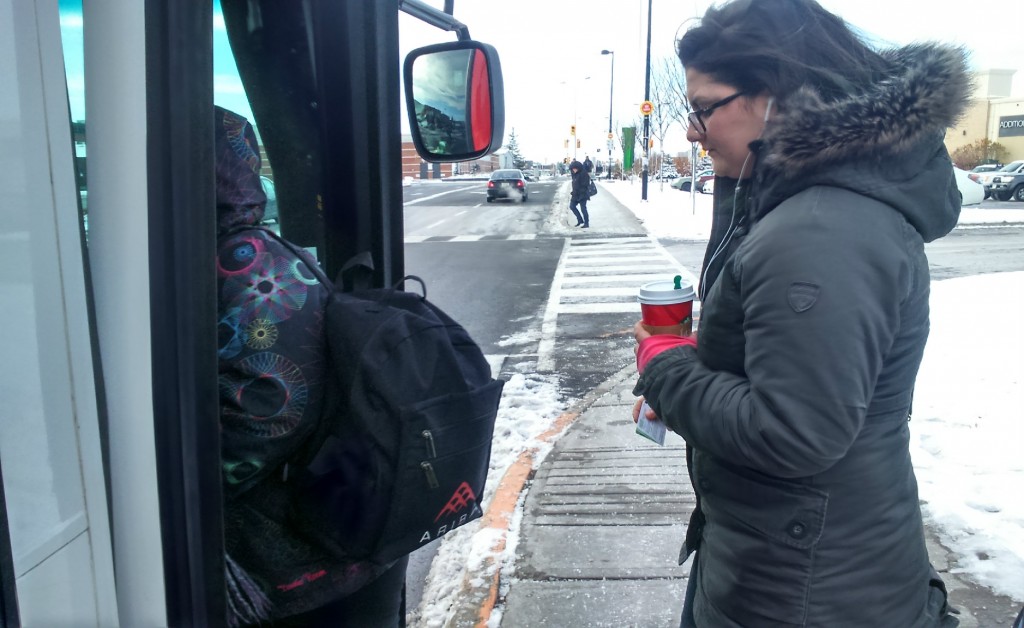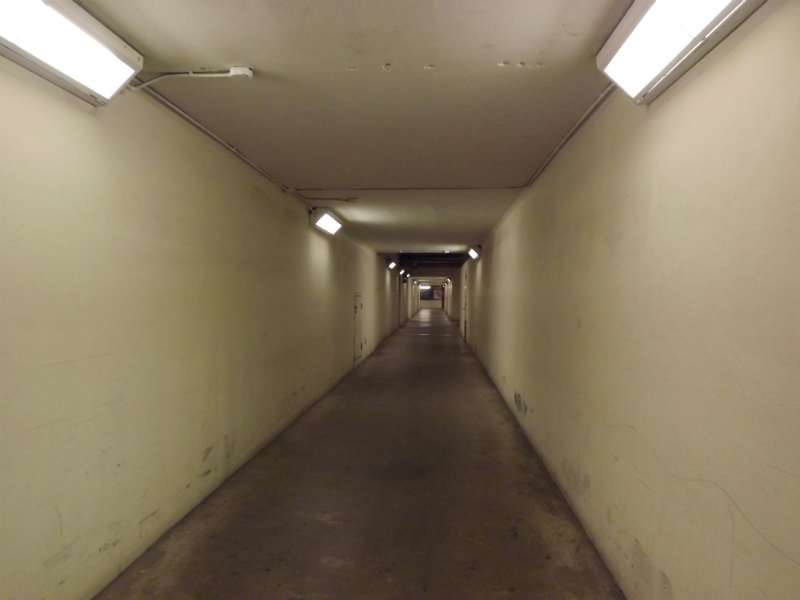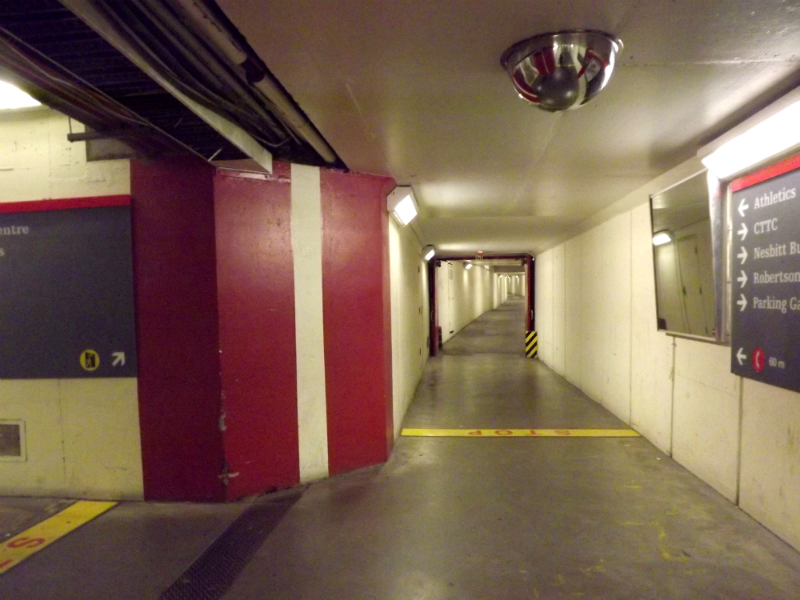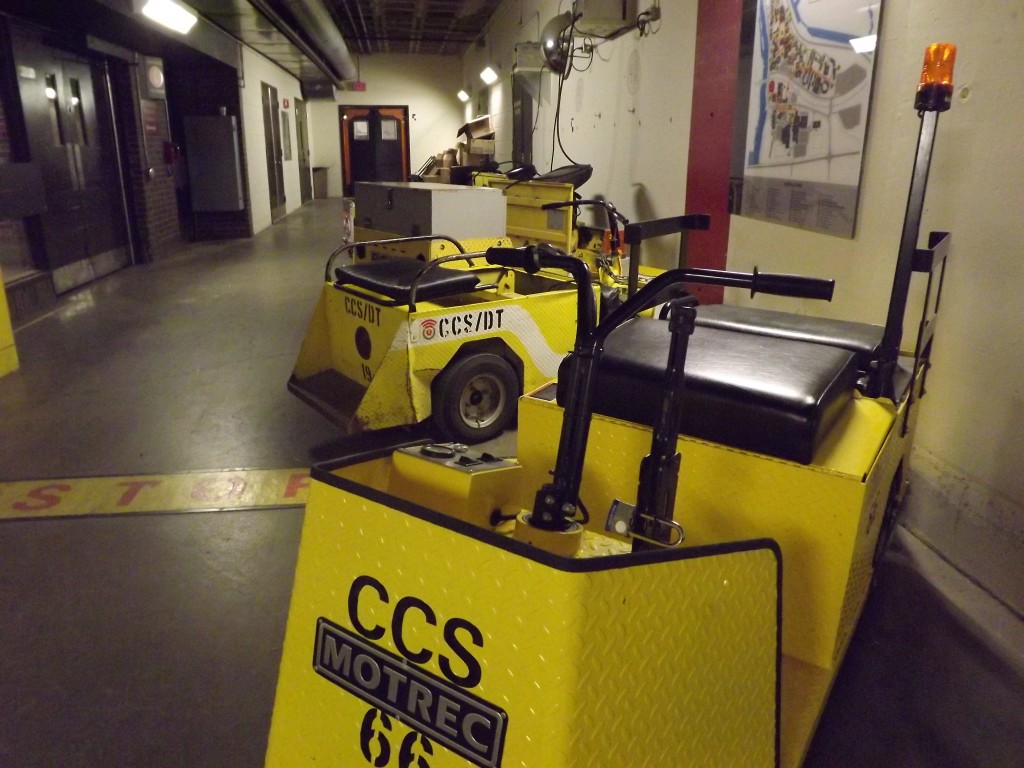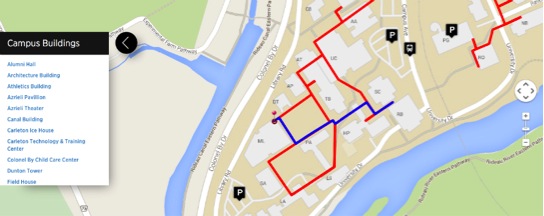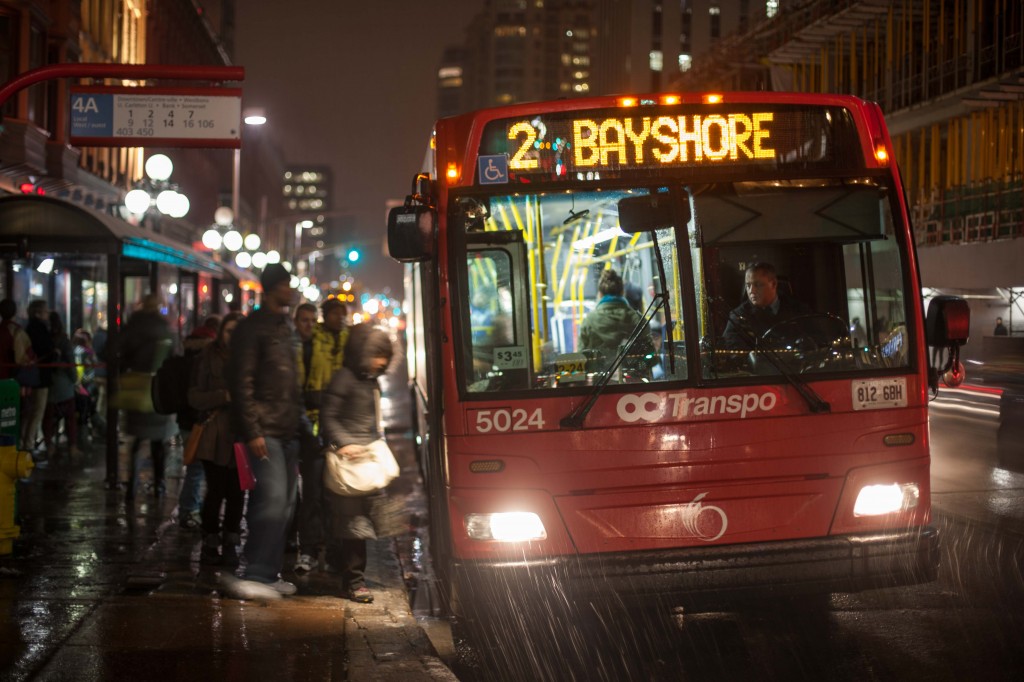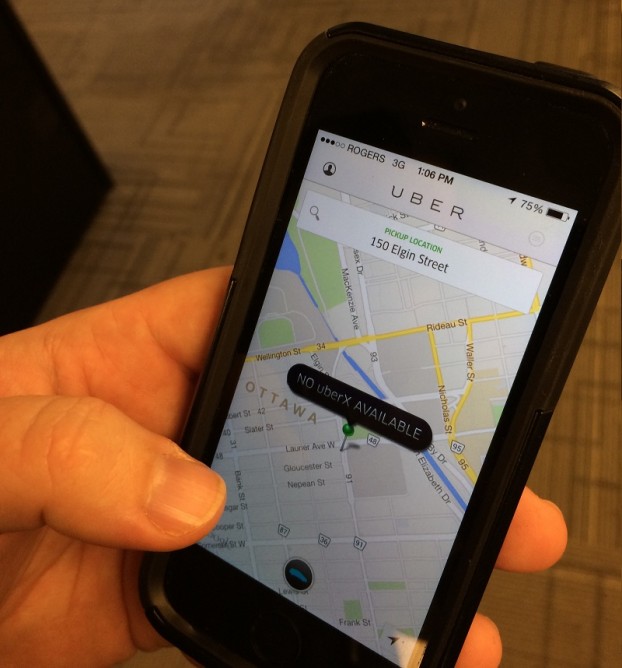By Jesse Winter
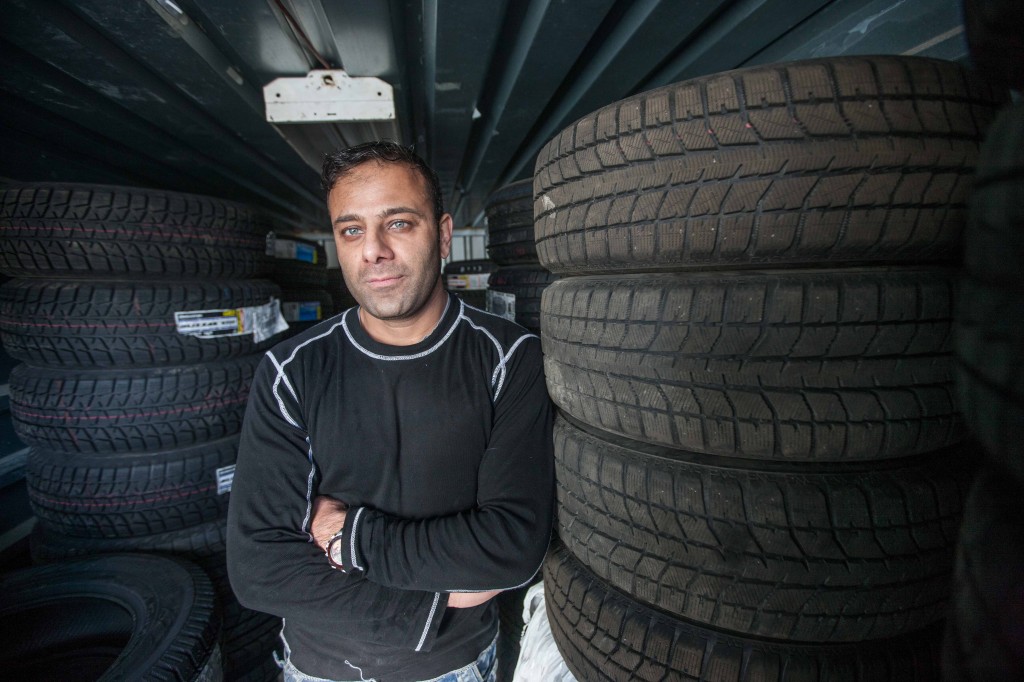
And just like that, it’s winter.
The recent snowfall across Ottawa and the province has, in typical early-winter fashion, sent drivers skidding, sliding and scrambling to any tire shop they can find to get snow tires installed.
The rush is as predictable as the first snowfall itself, but for Shaheen Kahn, that doesn’t make the pre-Christmas pressure any less manic.
“It’s 18-hour days and then you just drop,” said Khan, a manager at Ottawa Tires Direct.
“The snow made it like an avalanche. All the people who were on the fence jumped,” he said.
Right now, his shop is doing 60 to 70 snow tire installations a day between their two Ottawa locations. The wait time is about a week, but in order to pull it off, Khan said his crews are going flat out.
“We work from 7 a.m. to 1 a.m. every day. Some shops are only open during regular business hours, so their wait times are more like two to three weeks,” he said.
At the tire shop’s Scott Street location, anxious customers pile up in the waiting area while the phones ring continuously. Khan’s desk is stacked many feet deep with work orders, and he juggles taking calls from his office phone and cell at the same time.
When a customer calls to make an appointment, the answering machine asks them to instead send Khan a text message because the shop is so swamped.
Khan’s company rented out the house next to their workshop, and converted it into a “war room.” Boxes of newly delivered rims are stacked in the living room, and the dining area has been pressed into service as a command centre where Khan’s colleagues track everything with spreadsheets. Unprocessed work orders are stuck to the walls and even the ceiling in an effort to maximize space.
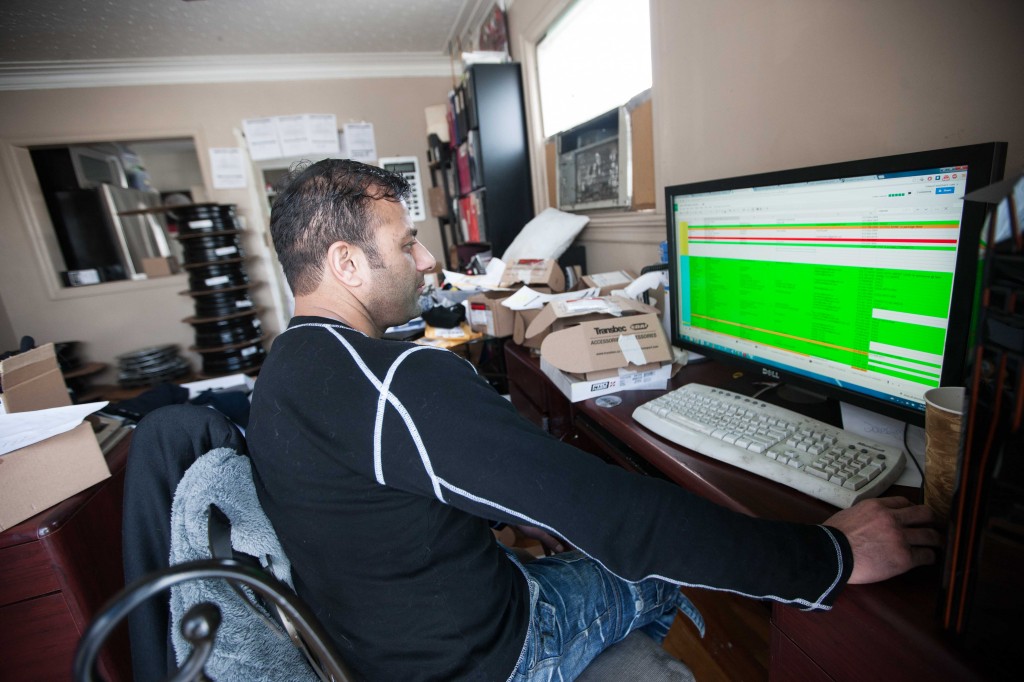
The kitchen is the only space that isn’t taken over with boxes.
“It will be soon, though,” Khan said. “The real craziness hasn’t even begun yet.”
Winter tires aren’t mandatory in Ontario, but as Ottawa Police Sgt. Mark Gatien explained, the first snow of the season always takes drivers by surprise.
“One of the issues I’ve noticed, and I even saw this myself a couple of times this morning, is people taking corners like it’s still summertime,” Gatien said.
“You can watch it unfolding on the road right in front of you, watching someone go into a corner way too fast and then, whoa, all of a sudden they’re in the ditch and they can’t understand why. It happens every year, and it baffles me,” he said.
Over the past two days, Ottawa drivers have escaped relatively unscathed from the worst of the recent snow squalls. There were only 15 crashes after Monday’s flurries, but that’s about average for the city, said police spokesman Const. Marc Soucy.
Farther west, however, the province is being walloped by a winter storm that has closed roads and forced police to issue bad weather advisories. Near Huntsville, for example, the storm is so bad that the Ministry of Transportation had to pull the snowplows off the highways on Tuesday.
According to OPP spokesman Sgt. Peter Leon, bad winter weather often causes spikes in collisions and vehicles in the ditch. By 10 a.m. on Tuesday, police near Orillia were already dealing with a 200 per cent increase in calls. Near North Bay, the cops had more than two-dozen active accident scenes on their hands, and many more were expected.
“Based on what we’re seeing on the weather radar, it’s only going to get worse,” Leon said.
Back in Ottawa, Sgt. Gatien said that while the city experienced a lighter snowfall so far, that lucky streak won’t last and drivers need to be prepared.
“It’s been proven that winter tires give you better shopping distance and traction,” Gatien said.
“Sometimes people just can’t afford to have two sets of tires. We understand that, and they aren’t mandatory, but there is no question that if you can afford them they are safer for you and your family,” he said.
Even if drivers do have winter tires, Gatien cautioned that the most reliable way to stay safe on the roads is to drive according to conditions.
“We really can’t emphasize enough that you really have to slow down. Also, make sure that all the snow is off your car before you head off to work. Have a snow scraper in your car; your credit card just doesn’t cut it,” Gatien said.

